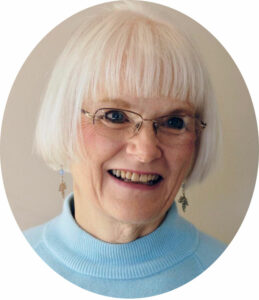 I’ve written more than 10 drafts of my in-process novel, now called Butterfly Minds. It’s been through my writer’s group multiple times, the advisory committee for my Doctor of Ministry degree, two developmental editors, and 5 beta readers. I cannot tell you how much I would like the current draft to be my last!
I’ve written more than 10 drafts of my in-process novel, now called Butterfly Minds. It’s been through my writer’s group multiple times, the advisory committee for my Doctor of Ministry degree, two developmental editors, and 5 beta readers. I cannot tell you how much I would like the current draft to be my last!
However…I’m still struggling. Here’s what seem to be the big problems:
- The protagonist Julie. This main character is a young mother worried about the obvious disabilities of her 4-year-old son Patrick. She’s been coming across as a goody-goody, really straight-laced*. Is she going to turn off readers? What do I do to make her more likeable but still with issues that she will need to face as the story progresses?
- The antagonist Luke. This second major character is Patrick’s father, Julie’s husband. He’s been taken by readers as unsympathetic, too irresponsible, a terrible narcissist. They don’t care what happens to him. I see him as a Peter Pan-like character, needing to “grow up” in the story, but fundamentally a good guy. So, I’m trying hard to make him playful and fun, approachable, but needing to develop his responsible side.
- The family system. With three central characters (mother, father, child), I try to draw a picture of a poorly functioning system, but readers have said I emphasize the mother-father issues more than the mother-son and father-son relationships. I’m rewriting consciously trying to balance the scenes and the troubles in the family to highlight the whole system. It’s tough!
- Political correctness. It’s very easy to slip into writing stereotypic characters. For example, Julie is a high school teacher having trouble with two of her students. At the moment, both are male. Should I make one female? One has an Italian name. Is that too close to suggesting a Mafia connection? One of these student’s parents calls the principal to complain about Julie. Right now, it’s a father, a lawyer. Boy, is that a stereotype! In addition, Patrick, the 4-year-old, is a child with ADHD. I am constantly watching that he comes across as a loveable child who just happens to have this disability.
- Basing characters on real people. I’ve talked to lots of families who have children with ADHD. My characters are drawn, in part, from those I’ve met. As is often the case for authors who “know” the real-life models, there is a time to let go of them and let the characters speak for themselves. I’m getting there but still have a way to go.

All this blather is to let you know that I’m pushing hard to get this third novel to market. This blog post is late for July, as I’ve been hiding in my favorite Starbucks revising every day. I’m planning to be here every weekday until the revision is done. Which means—I’m going to skip the August post and return in September.
Please do let me know about the great books you’re reading, comments you have on my two published novels, and any thoughts you have about this blog!
————————————————
* I looked this up. It seems to be preferred for “morally upright” over “strait-laced.” Who knew?